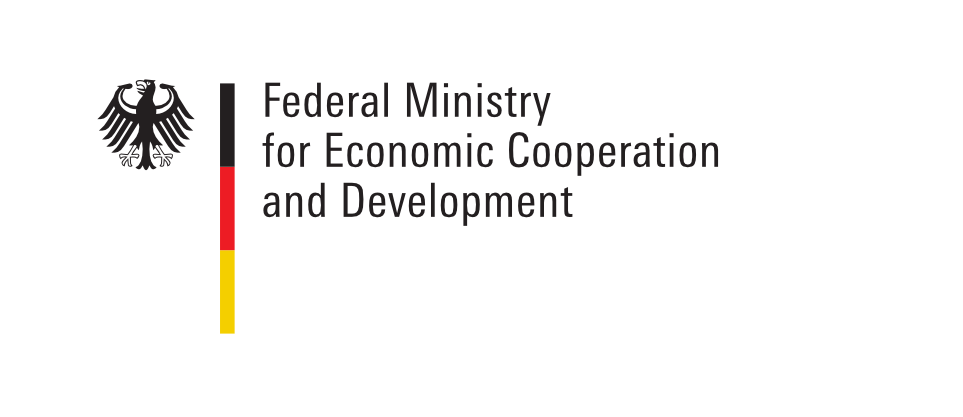- DE |
- EN
Now it's getting hot: Autonomous e-buses for Hamburg
The project will run for three years, with e-buses to become increasingly autonomous until 2021 - on the occasion of the ITS World Congress in Hamburg - they are to be integrated into real city traffic without co-drivers and supplement public transport.
Not only the final implementation, but the entire development, tests and accompanying research are part of the project, which is essentially intended to answer three questions:
- Is the use of autonomous vehicles in moving traffic, without drivers and at speeds of up to 50 km/h technically possible and sufficiently safe for road users?
- How do public transport customers and other road users react to this new service and what are the main adjustments needed?
- How can new models of operation and new offers for passengers for a sustainable use of automated and autonomous vehicles as part of the public transport system be created?
Accordingly, the test operation is divided into three consecutive phases:
Phase 1: Testing of the autonomous vehicle on a section of the future route without passengers with vehicle attendant from the beginning of 2019
Phase 2: Autonomous operation on a fixed route and with fixed stops, with passengers and vehicle attendants - expected from mid-20199
Phase 3: Autonomous operation on the same route without the presence of a vehicle attendant.
First, three of the five-metre-long minibuses are tested. The minibuses can accommodate a maximum of 16 passengers and additional storage space, e.g. for bicycles or a wheelchair. For autonomous operation the vehicle is equipped with cameras, radar and laser distance measurement and recognizes its surroundings also thanks to the latest map material. Sensor elements and digital communication systems are installed all along the track. To this end, appropriate software is being developed to be used for fleet and traffic management. As a result, the vehicle and the route communicate with each other and should make it possible for the vehicle to drive without a driver.
The project is a direct continuation of the BMUB-funded Optimized Transportation System Based on Self Driving Electric Vehicles (OTS 1.0) project. It transfers the systems developed there (vehicle, interfaces, infrastructure) from the first tests in a limited laboratory environment into freely accessible traffic with all its hitherto largely unknown everyday requirements.
The total investment for the pilot project would amount to EUR 5.2 million. Of this sum, EUR 3.7 million would go to the Ministry of Economics, Transport and Innovation, the Hamburg Transport Facilities and the State Agency for Roads, Bridges and Water. However, the Federal Ministry for the Environment will reimburse this sum. The Hamburger Hochbahn AG will pay for another 1.5 million euros from their own budget.
Further information:
<link http: erticonetwork.com autonomous-e-shuttles-tested-hamburg>
erticonetwork.com/autonomous-e-shuttles-tested-hamburg/
<link https: www.iav.com en press press-releases>
www.iav.com/en/press/press-releases/2018/autonomous-e-buses-hamburg


